Attractions of Montenegro
Montenegro is rich in cultural and historical monuments that have remained until the present day against all the numerous wars that this country faced. There are hundreds of ancient cities and monasteries, balneal resorts, unique natural landmarks and beaches of Montenegrin Riviera making Montenegro one of the best countries for the European tourism.
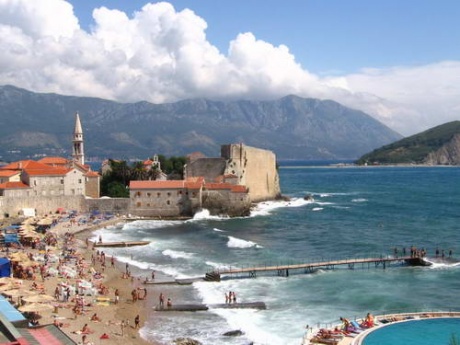
Podgorica
Podgorica is the main city of Montenegro. It is located in the Skadar Lake Cave at the confluence of five rivers. The territory of Podgorica has been inhabited since the 5th century AD and ancient Duklja (located 3 kilometers away from the modern Podgorica) is one of the biggest antic territories. Podgorica was first mentioned in chronicles in 1326 as a prosperous commercial city that had strong economic relations with Kotor and Dubrovnik. In 1474 the city was occupied by the Turks who built up a big fortress that protected the Ottoman Empire from the attacks of the rebel Slavic tribes.
By the decision of the Congress of Berlin Podgorica was annexed to Montenegro in 1878. It gave the rise to the city and Podgorica became one of the biggest commercial and finance centers of the Balkans.
During World War II the city was almost completely destroyed. It was bombed 70 times by the Germans and the Italians. Unfortunately only some buildings have remained until the present days. These are some parts of the Turkish fortress built in the 15th century and a few picturesque houses built in the 17th-18th centuries.
One of the greatest sights of Podgorica is Chelia Piperskaya monastery that is located 17 kilometers away from Podgorica near Gorni-Crnci village. The monastery is known for the Nativity of the Theotokos Temple built at the end of the 19th century where the relics of Stephan Pipersky who was the founder of the monastery are kept.
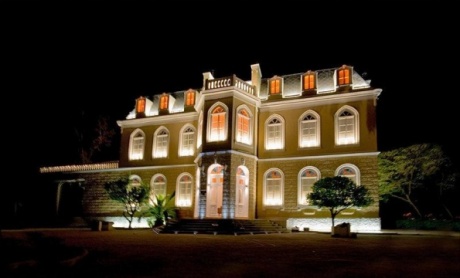
Cetinje
Cetinje is the old capital of Montenegro and a beautiful city. It is a true museum city founded in the 8th century AD. One of the most impressing sights of the city is the shrine of Petr Njegoš who was a Montenegrin poet and philosopher. The shrine is located on the peak of the Lovcen mountain and is really worth taking a look at. Another point of interest is the Cetinje Monastery (1484 – 1785) that enchases the embalmed arm of St. John the Forerunner, the first printed book of the southern Slavs called Octoix (The Book of Eight Voices, 1494) and a part of the Cross at which Jesus was crucified. The other remarkable sights are: Vladin Dom (that hosts the National Gallery now and that used to be the House of Parliament in 1910), King Nicola I Palace, House of Prince-Bishop, Museum of the Local History (1871), Residence of the King Petr II, Blue Museum, Vlashka Church, Central Museum of History, Art Gallery and many other interesting historical monuments.
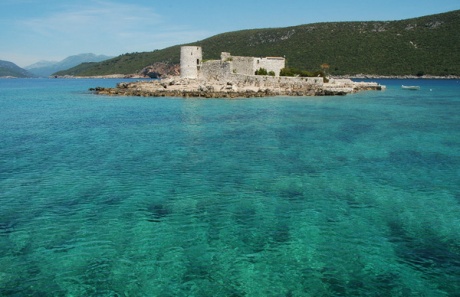
Ulcinj
Ulcinj is the southernmost and one of the most ancient cities of Montenegro. The main places of interest in Ulcinj are: the Old Town surrounded by fortress, St. Mark Catholic Church, Turkish Barutan (18th century), the ruins of the ancient Svach, Balšić Houses and Palazzo Venice. There is also a City Museum which is a huge center of history and culture and Ethnography Museum with a big collection of exhibits. In the south of Ulcinj the world famous Long Beach (Velika Plazha) is located. The beach is almost 18 kilometers long and is covered with pink sand that is well known for its healing effects.
Herceg-Novi
Herceg-Novi is one of the most popular Montenegrin resorts located at the slope of the Orien mountain and entrance to the Kotor Bay. The resort is often called the Botanic Garden of Montenegro due to the diversity and abundance of plants growing here. There are more than 100 species of tropical and subtropical plants and in winter the world famous Festival of Mimosa is held in Herceg-Novi.
Herceg-Novi was founded more than 1600 years ago. This city hosts a great number of medieval architectural monuments such as Forte-Mare bulwarks, Spaniola, Kanli-Kula, Mamula, Arza and Prevlaka fortresses, a famous Savina Monastery, St. Geronimo, St. Leopold Mandica and St. Antonio churches and many other places of interest. One can enjoy visiting the Art Gallery, Museum of National History and Museum of Local History or just have a walk around the city and take a look at the ancient buildings of Herceg-Novi.
Sem Danits Boulevard (7 kilometers long) with a great number of small restaurants, cafes and stores connects Herceg-Novi with another popular Montenegrin resort called Igalo.
Igalo
Igalo, neighbouring Herceg-Novi and also located at the foot of Mount Orien, is famous throughout Europe for its Recreational Tourism Centre, Health and Recreation Centre, as well as for its Institute of Physiotherapy and Preventive Medicine in the name of Simo Milosevic. Such a huge amount of patient care institutions located in one place can be explained by a fortunate combination of mild climate, clear sea, medicinal sea-mud, mineral water “Igalka” springs together with the most up-to-date equipment and highly-qualified personnel. Next to Health Centre there is the former residence of Marshal Tito (the leader of the Communist Yugoslavia) – villa Galeb which has been turned into a treatment-healthcare complex. Many sports facilities, sports grounds and clubs are provided here for numerous holiday-makers, and for those who are fond of swimming and sunbathing, in Igalo there are many beautiful beaches which are more than two kilometers long.
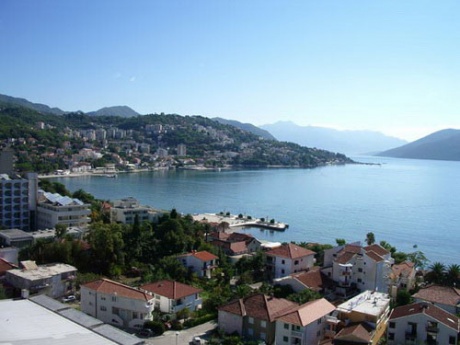
Kotor
Kotorsky Bay, or Boka Kotorska, is the largest fiord of the Mediterranean, cutting into the continent for more than 28 km. This bay has always been a refuge for sailors – here they hid their ships from sea gales and storms. Ancient towns and villages, here and there stretched out on the shores of the bay, surrounded by the fortress walls, towers and churches, have become a live evidence of legends about the sea and brave seafarers.
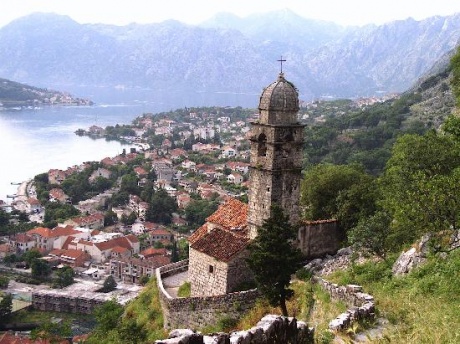
The beauty of Kotorsky Bay has always attracted a lot of outstanding people – Lord Byron, Sir Bernard Show and many other well-known people. Boka Kotorska hospitably welcomes its guests by the beauty of sea waves, magnificence of the Islands of Svyata Georgje and Gosna od Skrpela and splendor of its ancient towns. From Kotor to the top of Mount Lovcen there goes a dangerous serpentine highway, whose every bend reveals a marvelous panorama of the bay.
Due to the abundance of historical monuments and Medieval constructions, in 1979 UNESCO announced Kotor to be a monument of the World Heritage.
Fortress walls and towers of Kotor, Gothic and Romanesque churches and basilicas, ancient buildings with their magnificent fronts, winding paved streets and paved markets are worthy of the most intent attention of their visitors. More than that, Kotor is a place where various cultural activities are held ranging from festivals for children to cheerful enchanting carnivals.
The most interesting sights are Cathedral of St. Tripun (1166) with frescoes of the XIV century, numerous fortifications belonging to the antiquity, churches of St. Luca (1195), St. Anna (XII century), St. Mary (1221) and others, Prince’s palace (VII century), Palaces of Drago, Bisanti, Pima, Clock Tower in the main square, Napoleon’s theatre.
Near Kotor, on the shores of the bay, there are small but picturesque towns of Risan and Perast, “Island of the Dead”, Lusica peninsula, and the artificial island of Bogorodicka-Skrepjela where a unique church is situated. These places of interest are immensely popular with tourists.
In the ancient times, Risan was chosen by Illirian Czarina Teuta as her own capital, therefore, ancient Roman mosaics are well preserved here, which represent a rich archeological heritage. In tiny Perast, houses built in baroque style are in a better condition than those on the rest coast of the Adriatic sea.
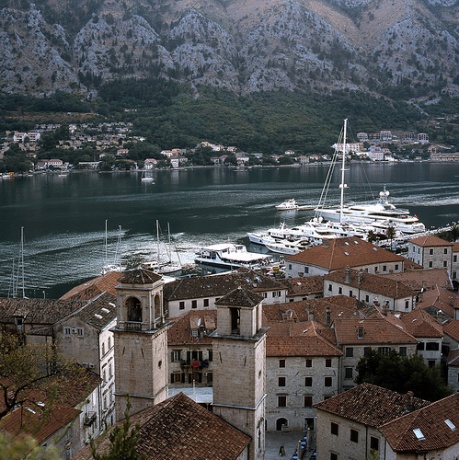
Budva
Budva is one of the oldest cities of the central part of Montenegrin coast of the Adriatic sea. Budva has been known since the V century BC, and nowadays it has become one of the most popular resorts of the Mediterranean. There are still fortress walls and gates around the Old Town (IX-XV centuries), coastal fortress Citadela, fortress Mogren, the church of Virgin Mary (IX century), churches of St. Trinity and St. Ivan and ancient monasteries.
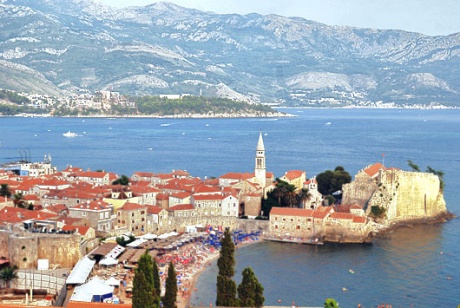
It is worth strolling along picturesque winding streets built-up with small houses of a typical Mediterranean style, along small squares paved with stone tiles, as well as other numerous colorful places. In the mouth of the Zeta-river, there are the ruins of the city of Duklja, where in the Medieval times on the Balkans the formation of the first independent Slavic state began.
Near Budva there is the island of Saint Nikola, which is dubbed Hawaii by the local inhabitants and which is one of the most popular places of rest on the Montenegrin seaside.
Broadly speaking, Budvan Riviera is a real treasure. Quaintly carved coast-line from Budva to Petrovaca is rich in numerous small cozy lagoons, dozens of resort-towns, inlets and luxurious beaches – Slavenska-Plazha, Becici, Mogren, Kralicina-Plazha (The Queen’s Beach), Yaz, Large Beach in Ulcinj.
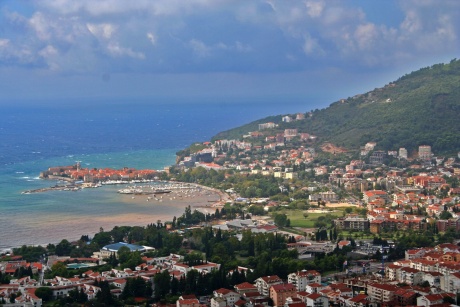
St. Stefan (Sveti-Stefan)
One of the most popular resorts in Montenegro is situated on not so large a peninsula in the distance of 9 km from Budva. Today this small Medieval town has become the Mecca of expensive exclusive tourism. Dozens of luxurious health centres and villas are built here which are united into one common tourist complex, although the most attractive and popular is villa 118 where many celebrities of the world caliber have stayed.
Among historical places it is worth mentioning the church of St. Stephan, Transfiguration church and church of Alexander Nevsky. In the distance of half a kilometer from the city fringe there lies the former King’s residence which has now become a magnificent resort Milocer which is renowned by its Botanical Garden and its famous Queen’s Beach (Kralicina Plazha), extending practically up to Budva itself.
Cetinje
Cetinje, lying on a high plateau between the Skadarsko jezero (lake) and the bay of Kotor, during the reign of the Osman Empire in this region was the capital of Montenegro. It is not surprising because the city is situated in such a way that it was easy to protect it against the invaders’ troops. Since those times there have remained some historical monuments – the former palace (today – the State Historical City Museum), the former house of prince-bishop, Cetinje monastery (1484) where artifact depository and collection of liturgical songs printed at the end of the fifteenth century.
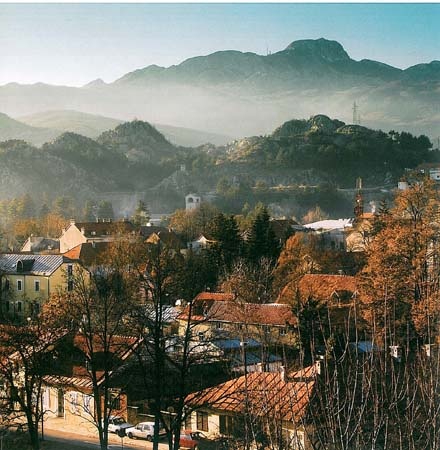
Canyons
Montenegro can be bravely called the country of canyons – nowhere in Europe you can find so many river valleys deeply cut into the rocky massif. The canyon of the river Tara which, by the way, is one of the cleanest European rivers – is the largest in Europe (80km long). In the course of many centuries, the Tara has broken through the ancient rocks this deep valley, that’s why the height of the shore reaches almost one and a half kilometers in some places. The canyons of the rivers Moracha, Mrtvica, Sushica and Platije are no less exclusive according to their magnificence and beauty.
The Tara valley is surrounded by two National parks – Biogradska Gora and Durmitor. National park Durmitor, occupying the territory of 3,9 thousand hectares, is located on the slopes of the mountainous massif f the same name (the highest in the country) and is noted for its wonderful conditions for mountain skiing. There is also monastery Moracha (XIII century), situated near picturesque Black lakes (Big and Small). This monastery is one of the significant Montenegrin cultural monuments. Reserve Biogradska Gora is well-known for its virgin nature, variety of Flora and Fauna, as well as beautiful glacial lakes.
The most virginal natural corner of Europe is Mountain Bogichevica (2358m above the sea level) in the mountainous range Prokletje. The largest part of this range is completely unexplored – just in recent time lovers of mountain treks have started to climb its steep rocky slopes.
Spiritual sights of Montenegro can be bravely considered to be the highest cultural achievements. They are the most ancient well-known memorials of Slavic literature “The Chronicles of Priest Dukljanin” (XII century), the Gospel of Prince Miroslav (the later part of the XII century) written in Cyrillic alphabet and known for its lavishly decorated initials and miniatures, ten-volume collection of Latin documents, as well as the collection of Monument Montenegrin’s.The first printed book Oktoik (pervoglasnik) can be seen in the library of the Museum of Cetinsky monastery.
 Montenegro
About the country
Montenegro
About the country

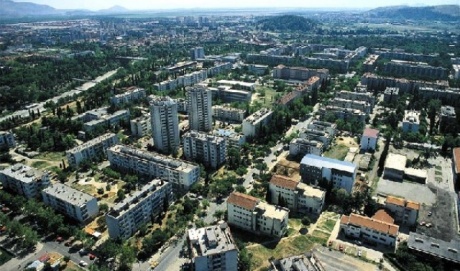
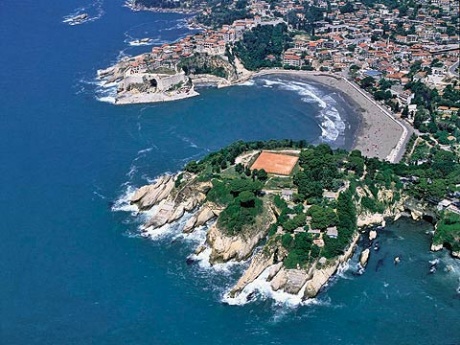
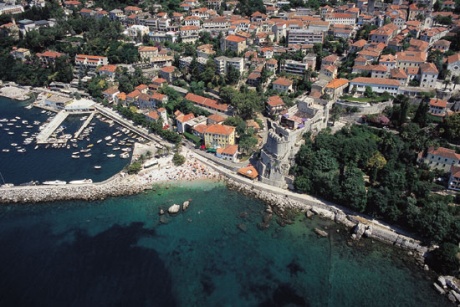
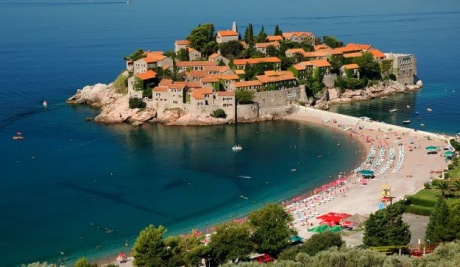
 Croatia
Croatia Slovenia
Slovenia Albania
Albania